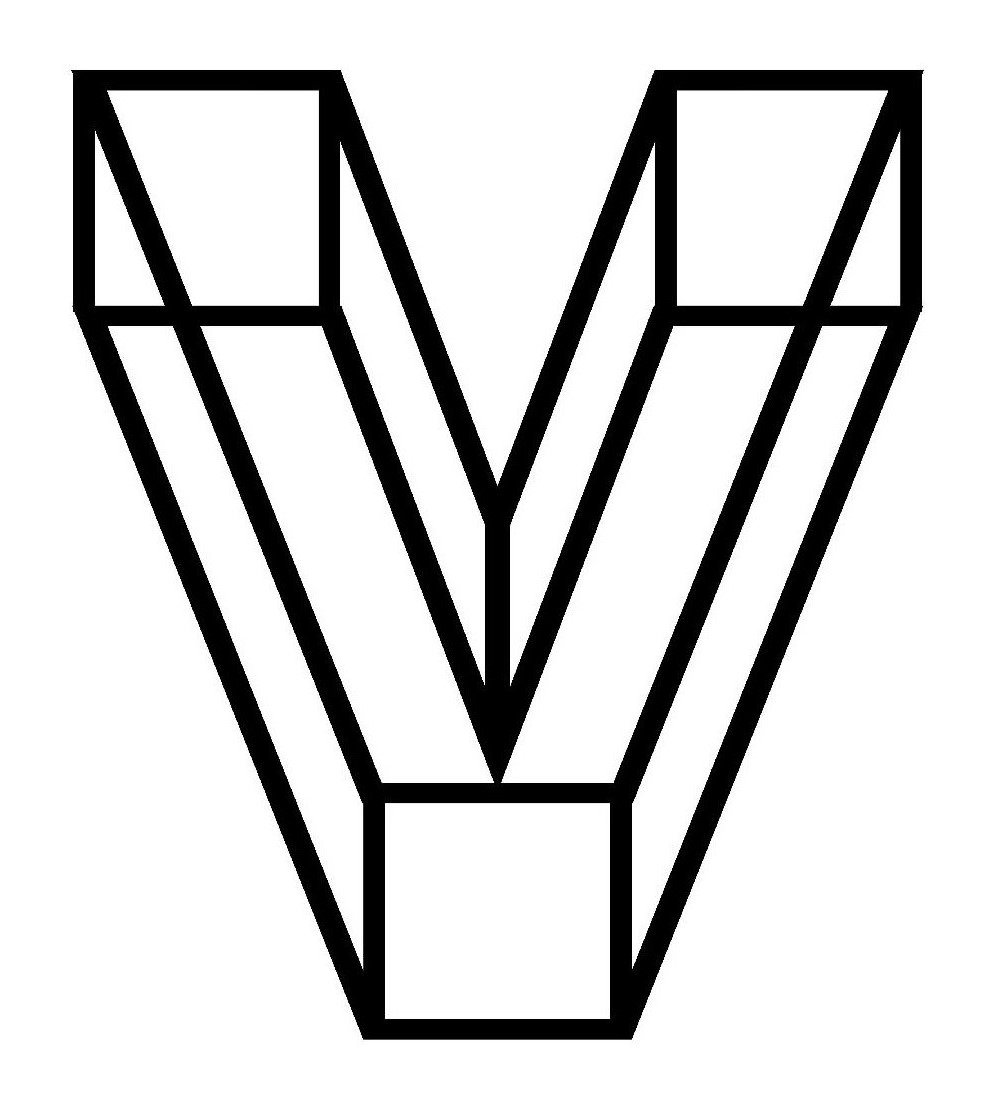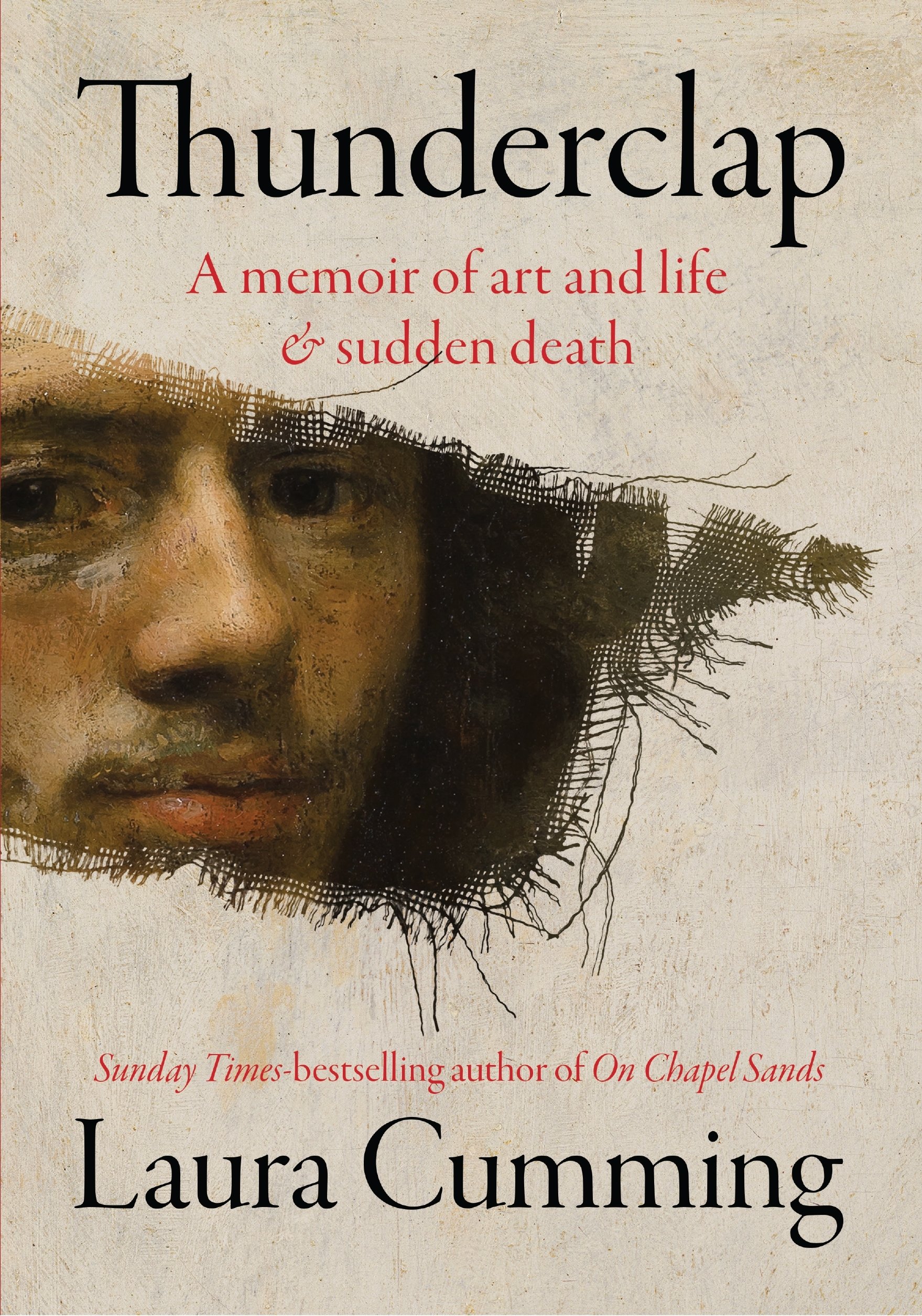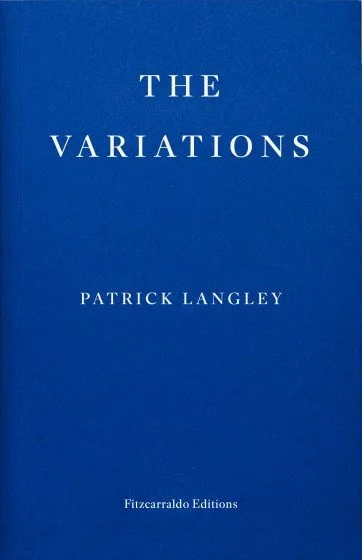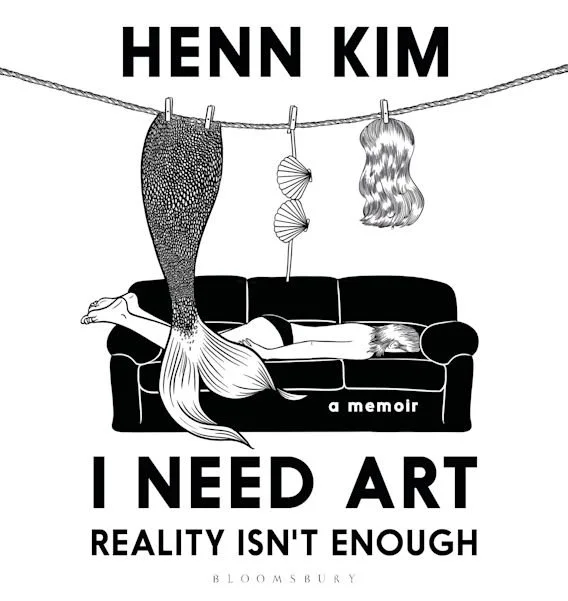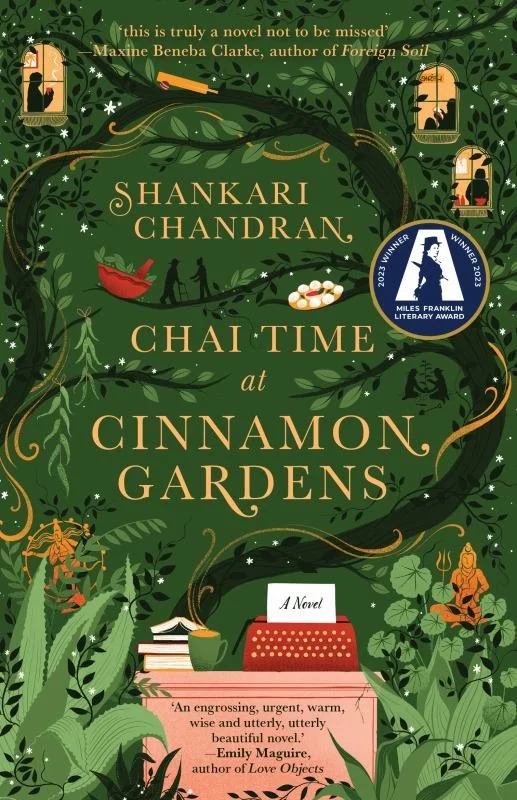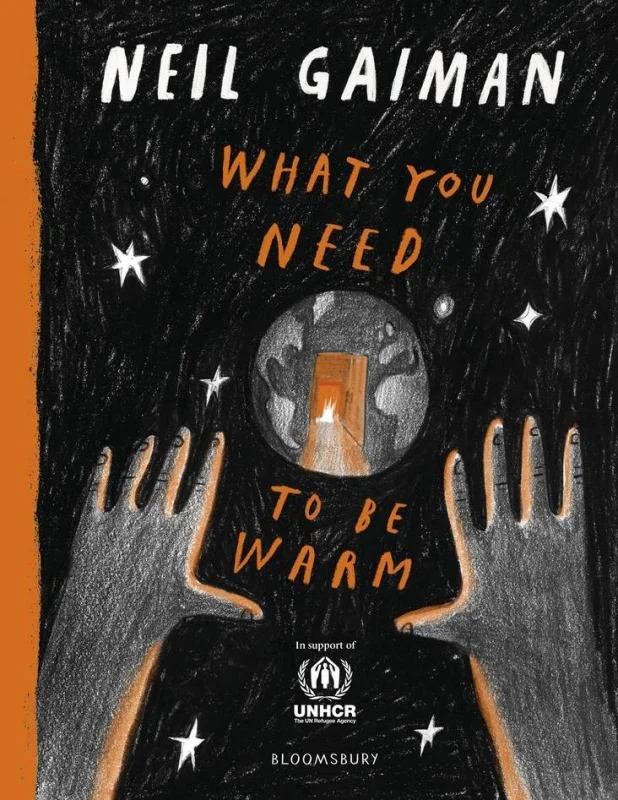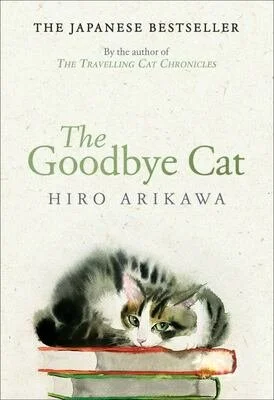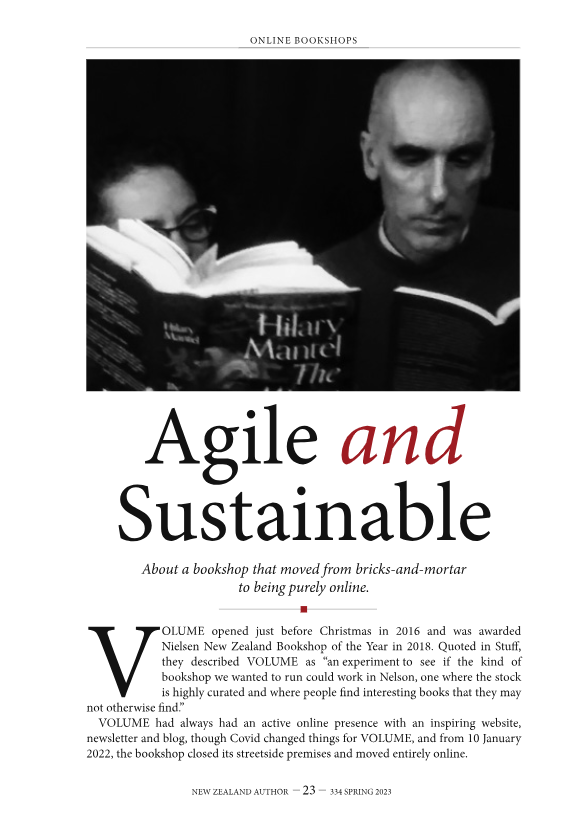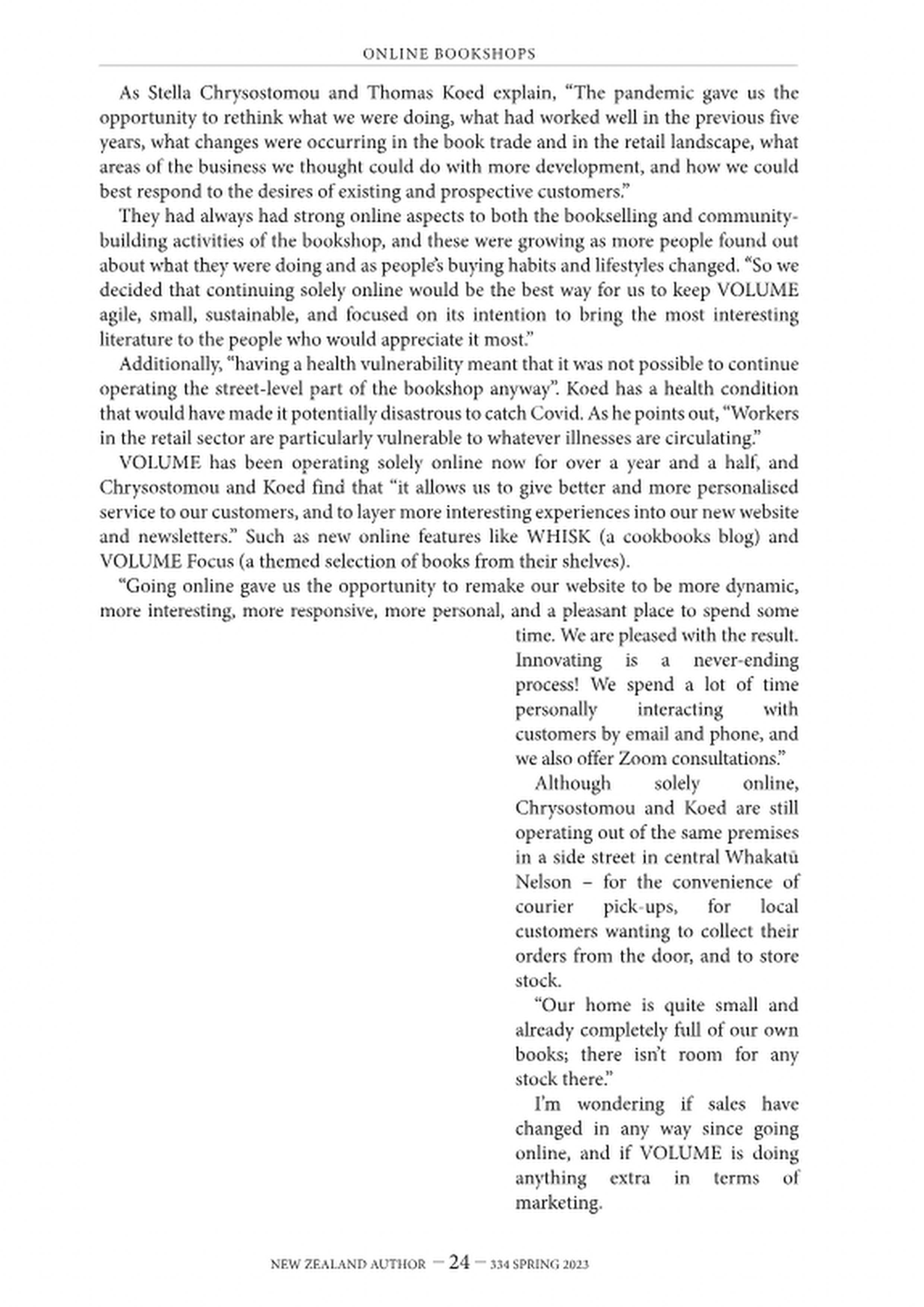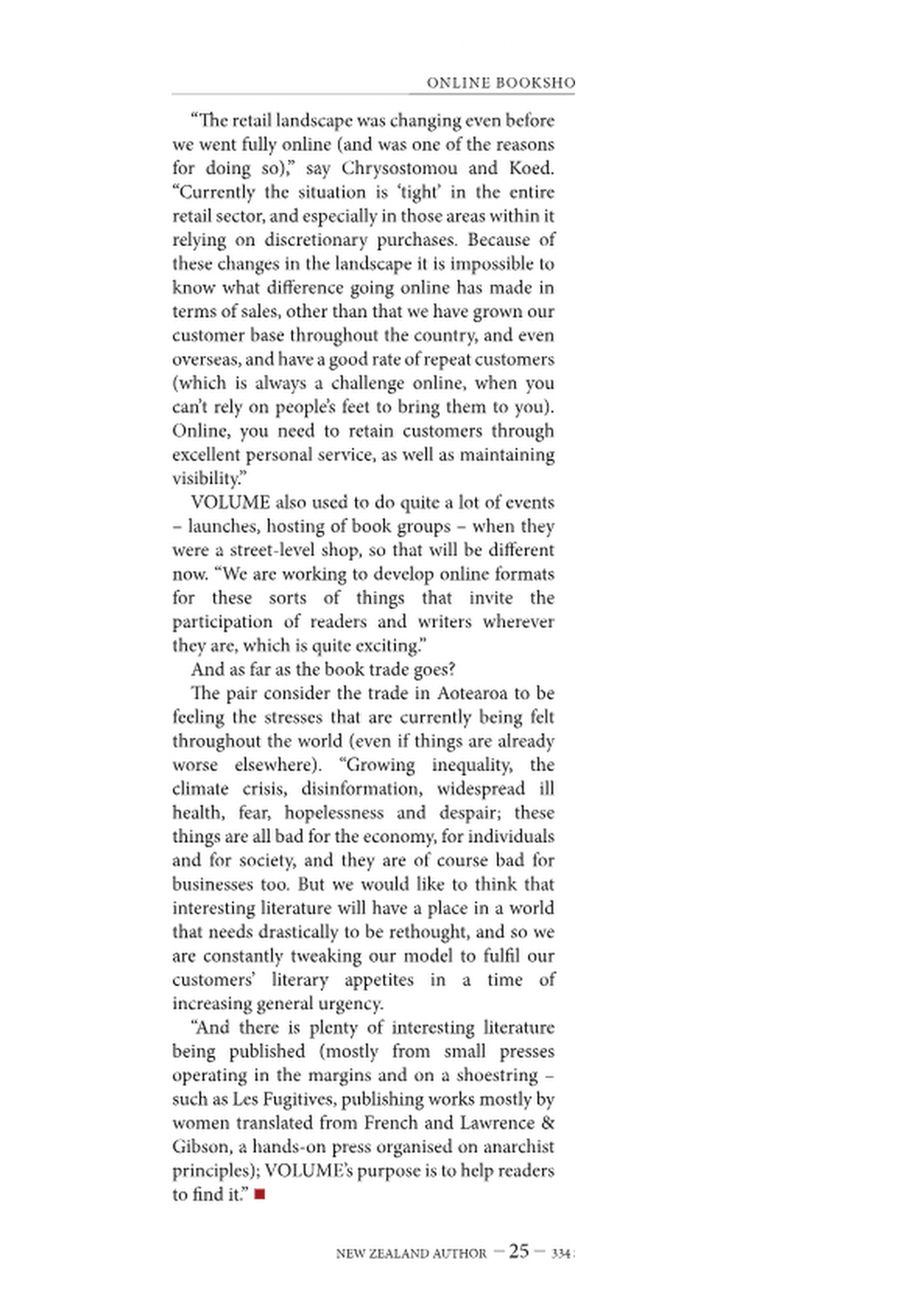The following new books deserve your reading attention. Click through for your copies:
Understanding Te Tiriti: A handbook of basic facts about Te Tiriti o Waitangi by Roimata Smail $25
A very clear introductory booklet about what was actually agreed between rangatira and the Crown in 1840, why Te Tiriti was signed, and how subsequent violations and neglect of the treaty responsibilities of the Crown have required and still require redress, restitution and restoration of rights over land, resources and self-determination (all of which were guaranteed to iwi in 1840).
Suitable for both adults and younger readers.
Bring No Clothes: Bloomsbury and the philosophy of fashion by Charlie Porter $50
Why do we wear what we wear? To answer this question, we must go back and unlock the wardrobes of the early twentieth century, when fashion as we know it was born. Porter brings us face to face with six members of the Bloomsbury Group — the collective of creatives and thinkers who were in the vanguard of a social and sartorial revolution. Each of them offers fresh insight into the constraints and possibilities of fashion today: from the stifling repression of E. M. Forster's top buttons to the creativity of Vanessa Bell's wayward hems; from the sheer pleasure of Ottoline Morrell's lavish dresses to the clashing self-consciousness of Virginia Woolf's orange stockings; from Duncan Grant's liberated play with nudity to John Maynard Keynes's power play in the traditional suit. As Porter carefully unpicks what they wore and how they wore it, we see how clothing can be a means of creative, intellectual and sexual liberation, or, conversely, a tool for patriarchal control. As he travels through libraries, archives, attics and studios, Porter uncovers new evidence about his subjects, revealing them in a thrillingly intimate, vivid new light. And, as he begins making his own clothing, his own perspective on fashion — and on life — starts to change.
”A triumph. I could read Charlie Porter's books all day long. He makes us see a subject we thought we knew so well from a completely different angle; in writing that is deeply researched, but inviting, warm, and full of personality.” —Katy Hessel
”Charlie Porter is a magician, a radical historian who has pulled away all the threadbare myths about Bloomsbury, using clothes as a way of revealing the vulnerable bodies and wild new ideas of Woolf and her circle. In his hands, what people wear becomes an astoundingly rich way of thinking about love and grief, art-making and intimacy — and above all about old power structures and how to upend them. Bring No Clothes is at once an enriching account of the past and a primer for the future: a guide to how we too can clothe our bodies for freedom.” —Olivia Laing
Kafka, A manga adaptation by Nishioka Kyōdai and Franz Kafka (translated by David Yang) $30
Nine of Franz Kafka's most memorable tales are here given fresh life with remarkable graphic renderings by the brother-and sister manga creators Nishioka Kyōdai. With their distinctive, surreal style of illustration, they have reimagined the fantastic, the imperceptible and the bizarre in Kafka's work, creating a hauntingly powerful visual world. These stories of enigmatic figures and uncanny transformations are stripped to their core, offering new understandings. Includes ‘The Metamorphosis’, ‘A Hunger Artist’, ‘In the Penal Colony’, ‘A Country Doctor’.
Tremor by Teju Cole $38
Life is hopeless but it is not serious. Tunde, the man at the centre of this novel, reflects on the places and times of his life, from his West African upbringing to his current work as a teacher of photography on a renowned New England campus. He is a reader, a listener, and a traveller drawn to many different kinds of stories: from history and the epic; of friends, family, and strangers; those found in books and films. One man's personal lens refracts entire worlds, and back again. A weekend spent shopping for antiques is shadowed by the colonial atrocities that occurred on that land. A walk at dusk is interrupted by casual racism. A loving marriage is riven by mysterious tensions. And a remarkable cascade of voices speak out from a pulsing metropolis. Tremor is a startling work of realism and invention that examines the passage of time and how we mark it. It is a reckoning with human survival amidst "history's own brutality, which refuses symmetries and seldom consoles" — but it is also a testament to the possibility of joy.
”A quietly dazzling novel.” —Deborah Levy
The Rice Book: History, culture, recipes by Sri Owens $65
The Rice Book became an instant classic when it was published thirty years ago, and to this day remains the definitive book on the subject. Rice is the staple food for more than half the world, and the creativity with which people approach this humble grain knows no bounds. From food writer Sri Owen's extensive travels and years of research come recipes for biryanis, risottos, pilafs and paellas from Indonesia, Thailand, Japan, Korea, Russia, Iran, Afghanistan, Spain, Italy, Brazil and beyond. Nicely presented, with a new foreword by Bee Wilson and an updated introduction on the nutrition, history and culture surrounding rice, more than 160 delicious, foolproof recipes (20 of them new) and beautiful illustrations and food photography throughout, this is an essential book for every kitchen and every cook.
Charles Baudelaire: A Lyric Poet in the Era of High Capitalism by Walter Benjamin (translated by Harry Zohn) $27
Benjamin is perhaps best known for his analyses of the work of art in the modern age and the philosophy of history. Yet it was through his study of the social and cultural history of the late nineteenth-century Paris, examined particularly in relation to the figure of the Parisian poet Charles Baudelaire, that Benjamin tested and enriched some of his core concepts and themes. Contained within these pages are, amongst other insights, his notion of the flaneur, his theory of memory and remembrance, his assessment of the utopian Fourier and his reading of the modernist movement.
The Needs of Strangers: On solidarity and the politics of being human by Michael Ignatieff $33
What does a person need, not just to survive, but to flourish? In this thoughtful, searching book, Ignatieff explores the many human needs that go beyond basic sustenance: for love, for respect, for community and consolation. In a society of strangers, how might we find a common language to express such needs? Ignatieff's enquiry takes him back to works of philosophy, literature and art, from St. Augustine to Hieronymus Bosch to Shakespeare. Is there a possibility of accommodating claims of difference within a politics based on common need?
”Michael Ignatieff writes an urgent prose. He will convince people, in highly readable fashion, that the ideas he discusses really matter.” —Salman Rushdie
”Beautifully written and profoundly thoughtful.” —New Statesman
Dragon Palace by Hiromi Kawakami (translated from Japanese by Ted Goossen) $35
Meet a shape-shifting con man, a goddess who uses sex to control her followers, an elderly man possessed by a fox spirit, a woman who falls in love with her 400-year-old ancestor, a kitchen god with three faces in a weasel-infested apartment block, moles who provide underground sanctuary for humans who have lost the will to live, a man nurtured through life by his seven extraordinary sisters, and a woman who is handed from husband to husband until she is finally able to return to the sea. Kawakami’s eight stories each pivot on a moment of transformation, moments when boundaries dissolve and new lives become possible. From the author of Strange Weather in Tokyo.
"Spirits, animals, and people cohabit the universe of these eight stories, which capture with quirky insight and deadpan humor the strangeness of human relationships." —The New Yorker
Illustrating the Antipodes: George French Angas in Australia and New Zealand, 1844—1845 by Philip Jones $40
Angas’s meticulous depictions of Māori in the 1840s provide an invaluable record of life and persons in the period. In this sumptuous illustrated volume, Philip Jones has used Angas’ sketches, watercolours, lithographs and journal accounts to retrace his Antipodean journeys in vivid detail. Set in the context of his time, Angas emerges both as a brilliant artist and as a flawed Romantic idealist, rebelling against his father’s mercantilism while entirely reliant upon the colonial project enabling him to depict Indigenous peoples and their ways of life.
Yellow Butterfly by Oleksandr Shatokhin $35
A wordless picture book portrayal of war seen through the eyes of a young girl who finds hope in the symbolism of yellow butterflies against the background of a pure blue sky. Using the colors of his national flag, Oleksandr Shatokhin has created a deeply emotional response to the conflict in Ukraine and provided a narrative full of powerful visual metaphors for readers to consider as they travel from the devastating effects of war to a place of hope for peace and the future.
Leila and the Blue Fox by Kiran Millwood Hargrave, illustrated by Tom de Freston $20
She was very tired. She lay down, her soft head on her soft paws. The sunset licked her face. The snow covered her like a blanket. Fox wakes, and begins to walk. She crosses ice and snow, over mountains and across frozen oceans, encountering bears and birds beneath the endless daylight of an Arctic summer, navigating a world that is vast, wild and wondrous. Meanwhile, Leila embarks on a journey of her own — finding her way to the mother who left her. On a breathtaking journey across the sea, Leila rediscovers herself and the mother she thought she'd lost, with help from a determined little fox.
A Letter to My Transgender Daughter by Carolyn Hays $28
The Hays family fled for safety across the US from an intolerant community to a slightly less intolerant one. This book is an ode to Hays's brilliant, brave child, as well as a cathartic revisit of the pain of the past. It tells of the brutal truths of being trans, of the sacrificial nature of motherhood, and of the lengths a family will go to shield their youngest from the cruel realities of the world. Hays asks us all to love better, for children everywhere enduring injustice and prejudice just as they begin to understand themselves. A Letter to My Transgender Daughter is a celebration of difference, a plea for empathy, a hope for a better future, but moreover, it is a love letter to a child who has always known herself and is waiting for the rest of the world to catch up.
The World of the Brontës: A 1000-piece jigsaw puzzle with over 50 characters to find by Amber Adams $45
Enter the world of the Brontës with this 1000-piece jigsaw puzzle. Travel across the blustery Yorkshire moors and into the dark, gloomy schoolrooms and weathered stone buildings of nineteenth-century England to spot Cathy and Heathcliff at Wuthering Heights, Jane and Mr Rochester getting married, and a host of other fictional and real-life characters while you build the puzzle. Includes a fold-out poster that highlights characters, locations and key moments.
